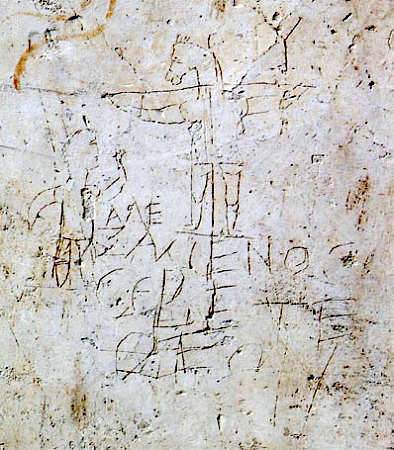Yes, and then there are the theological issues. Luke is always interested in hyping Jesus as a miraculous, appealing person and God's chosen Messiah. He likes to craft stories that emphasize this (his birth narrative, his blood relationship to John the Baptist and the prominent role of Mary "keeping things in her heart", the miraculous reconciliation between Herod king of Galilee and Pilate after Jesus is condemned) . For John, he's almost godlike (although John is ambivalent about going that far). John has no "agony in the garden"--the people sent to arrest Jesus "fall down before him". Luke has an anguished prayer repeated several times while the apostles sleep (and so there was no one to write it down). In Mark (which most claim is the earliest Gospel) Jesus is no-nonsense and focused on his mission, and comes off as pretty brusque. On the cross, he only speaks once when he is near death, whereas in Luke and John he has lots to say. One guy points out that in Mark, the apostles are pretty clueless and just don't get it.
If anyone is interested, there is a two-volume, 1500+ page work called "The Death of the Messiah" by the late Raymond Brown, a Catholic priest and firm believer that the Bible is inspired by the "Holy Spirit". He is honest, though, and in particular highly skeptical of the Luke's dedication to history. If you can wade through it, it is a good summary of how "Biblical Scholarship" works: lots of controversy, lots of theories, damn little real evidence. In his attempt to date the crucifixion, he cites a paper in the journal Nature from 1983, where some astronomers date passover. But he is careful to point out that this evidence relies on the questionable thesis that the Gospels get the day and the hour right.
For me, it seems the crucifixion is historical, even if the Gospel accounts aren't so much. There is no way people wanting to start a religion would say their founder died by crucifixion if it didn't happen. Paul was an adult when Jesus died. His "conversion" (in a vision) happened soon afterward. His career went on long after that, but he shows absolutely no knowledge of the Gospels in his letters. But he doesn't doubt the crucifixion, which indicates to me that it did indeed happen (he doesn't doubt the Resurrection either, but he is prone to giving great weight to dreams and visions--but it is hard to see why he would have a vision of a crucified founder if it didn't happen).







